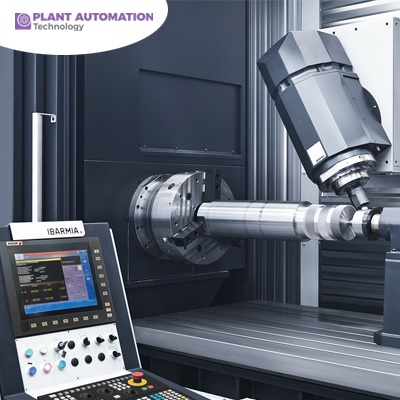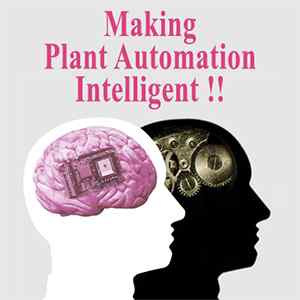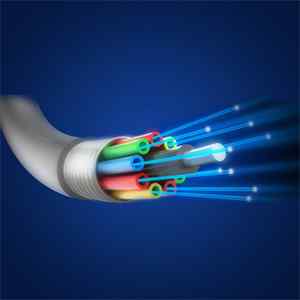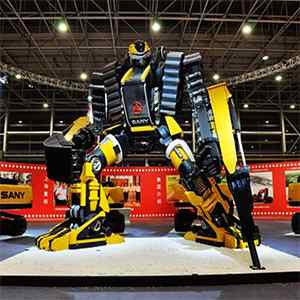Why can 5-axis CNC machining save costs and improve efficiency?

Introduction
In the ever-evolving landscape of precision engineering and digital manufacturing, 5-axis CNC machining stands out as a revolutionary technology that significantly enhances productivity, precision, and cost-effectiveness. This advanced form of computer numerical control (CNC) machining is rapidly gaining traction across various industries, particularly in the automotive sector. By offering unparalleled capabilities in terms of flexibility and accuracy, 5-axis CNC machining is transforming the way manufacturers approach prototyping, production, and overall operational efficiency.
Understanding 5-Axis CNC Machining
Before diving into the benefits, it is essential to understand what 5-axis CNC machining entails. Traditional CNC machines typically operate on three axes: X, Y, and Z. These machines move a tool or workpiece along these three linear axes. However, 5-axis CNC machining adds two additional rotational axes, often referred to as A and B axes, allowing the tool or workpiece to rotate and tilt. This enhanced range of motion provides greater flexibility in machining complex geometries, making it an indispensable tool in precision engineering and digital manufacturing.
Increased Productivity
One of the most compelling advantages of 5-axis CNC machining is increased productivity. Unlike conventional 3-axis machines, 5-axis CNC machining allows for simultaneous movement along multiple axes. This capability drastically reduces the number of setups required to machine a part, thereby saving time and reducing the potential for human error. In the automotive industry, where rapid prototyping and production cycles are critical, this increased productivity translates to faster turnaround times and the ability to bring products to market more swiftly.
Enhanced Precision and Accuracy
Precision engineering is a cornerstone of modern manufacturing, and 5-axis CNC machining excels in this domain. The ability to move the tool or workpiece along five different axes means that intricate and complex parts can be machined with exceptional accuracy. This precision is particularly valuable in the automotive industry, where components must meet stringent tolerances to ensure optimal performance and safety. Moreover, the precision of 5-axis CNC machining reduces the need for secondary operations, further enhancing efficiency and reducing costs.
Cost Savings through Reduced Setup Times
In traditional CNC machining, multiple setups are often required to machine a part from different angles. Each setup involves manual intervention, which not only takes time but also increases the risk of errors. 5-axis CNC machining eliminates the need for multiple setups by allowing the tool or workpiece to be repositioned automatically. This reduction in setup times directly translates to cost savings, as less manual labor is required and machine utilization is optimized. For industries that rely heavily on prototyping and small-batch production, such as the automotive sector, these cost savings can be substantial.
Versatility in Prototyping and Production
Prototyping is a critical phase in the development of new products, and 5-axis CNC machining offers unparalleled versatility in this area. The ability to machine complex shapes and geometries makes it ideal for creating prototypes that closely resemble the final product. Additionally, the flexibility of 5-axis CNC machining allows for quick adjustments and modifications, facilitating iterative design processes. In the automotive industry, where rapid prototyping is essential to stay ahead of competitors and respond to market demands, this versatility provides a significant competitive advantage.
Integration with Additive Manufacturing
The integration of 5-axis CNC machining with additive manufacturing technologies, such as 3D printing, further enhances its capabilities. By combining the strengths of both subtractive and additive manufacturing, manufacturers can create highly complex parts that were previously impossible to produce. This hybrid approach is particularly beneficial in the automotive industry, where components often require intricate internal structures and high strength-to-weight ratios. The synergy between 5-axis CNC machining and additive manufacturing not only improves the quality of prototypes and final products but also reduces material waste and overall production costs.
CNC Programming and Digital Manufacturing
The effectiveness of 5-axis CNC machining is heavily reliant on advanced CNC programming. Skilled CNC programmers can leverage the full potential of 5-axis machines to optimize tool paths, reduce machining times, and ensure the highest levels of precision. Moreover, the integration of computer-aided manufacturing (CAM) software streamlines the programming process, enabling seamless transition from digital design to physical production. This synergy between CNC programming and digital manufacturing is a key driver of efficiency and cost savings in modern manufacturing environments.
Applications in the Automotive Industry
The automotive industry is one of the primary beneficiaries of 5-axis CNC machining. From engine components to intricate interior parts, the ability to machine complex geometries with high precision is invaluable. The automotive news frequently highlights advancements in CNC machining technologies, emphasizing their impact on the industry's competitiveness and innovation. 5-axis CNC machining enables the production of lighter, stronger, and more efficient components, contributing to improved vehicle performance and fuel efficiency.
Competitive Advantage through Advanced Manufacturing
In today's highly competitive market, manufacturers are constantly seeking ways to gain an edge over their rivals. 5-axis CNC machining provides a significant competitive advantage by enabling the production of high-quality parts with reduced lead times and costs. Companies that invest in advanced CNC machining technologies can offer their customers superior products, faster delivery times, and more competitive pricing. This competitive advantage is particularly crucial in the automotive industry, where technological advancements and consumer expectations drive continuous innovation.
The Role of CNC Milling Machines and CNC Laser Cutters
5-axis CNC machining is not limited to traditional milling operations. The technology extends to CNC milling machines and CNC laser cutters, further expanding its versatility. CNC milling machines equipped with 5-axis capabilities can perform complex milling operations with ease, while CNC laser cutters can precisely cut intricate patterns and shapes. This combination of milling and cutting capabilities makes 5-axis CNC machining a powerful tool for a wide range of applications, from prototyping to full-scale production.
CNC Turning Programming and Its Impact
CNC turning programming plays a crucial role in the success of 5-axis CNC machining. By optimizing tool paths and machining parameters, CNC turning programming ensures that parts are produced with the highest levels of precision and efficiency. This is particularly important in industries where tight tolerances and complex geometries are common. In the automotive industry, where components must meet exacting standards, CNC turning programming is essential for achieving the desired quality and performance.
The Future of 5-Axis CNC Machining
As technology continues to advance, the future of 5-axis CNC machining looks promising. Innovations in CNC programming, machine design, and material science will further enhance the capabilities and efficiency of 5-axis CNC machines. Additionally, the ongoing integration of digital manufacturing technologies, such as AI and IoT, will enable even greater levels of automation and precision. For the automotive industry and other sectors that rely on precision engineering and rapid prototyping, these advancements will provide new opportunities for innovation and growth.
Conclusion
In conclusion, 5-axis CNC machining is a game-changer in the world of precision engineering and digital manufacturing. Its ability to increase productivity, enhance precision, reduce setup times, and save costs makes it an invaluable tool for industries such as automotive manufacturing. By leveraging advanced CNC programming and integrating with additive manufacturing technologies, manufacturers can achieve unprecedented levels of efficiency and competitiveness. As the technology continues to evolve, the benefits of 5-axis CNC machining will only become more pronounced, solidifying its role as a cornerstone of modern manufacturing.
By continually emphasizing the importance and benefits of 5-axis CNC machining, it is clear that this technology is not only transforming manufacturing processes but also providing a substantial competitive edge in various industries.









